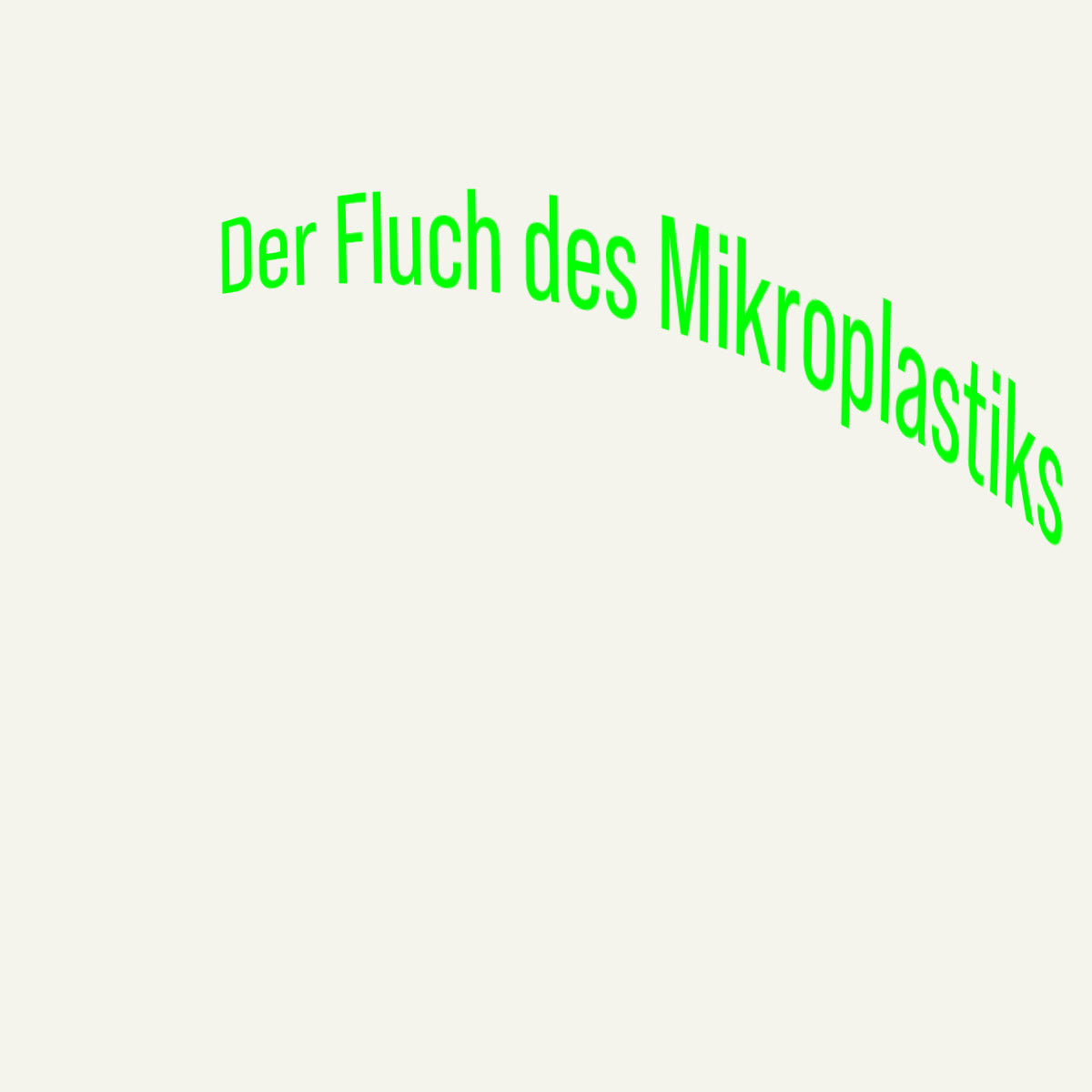

Photo by SHVETS production
Synthetic clothing and products open up new horizons.
First of all, it is important to explain what exactly synthetic clothing is. Most of the time, we don't know exactly what we have in our closet and why we have something like plastic in our clothes and on our bodies.
Synthetic fibers have many advantages. For example, they are breathable and dry very quickly. They can also have a certain degree of elasticity, which is very useful in many items of clothing, especially in the sports sector. The most commonly used materials are polyester, polyamide or polyacrylic.
Maybe you've seen it on that very long leaflet in your t-shirt or sweater? These synthetic fibers are often mixed with cotton because cotton feels a little softer on the skin.
Chemically produced fibers can be divided into two subgroups : semi-synthetic fibers and synthetic fibers.
The semi-synthetic fibers are not necessarily made of plastic. They can also be made from wood, for example, and then chemically modified.
Whereas synthetic fibers are made from petroleum, natural gas or coal and chemically treated.
Today, synthetic polymers account for around 70% of the textile fibers produced worldwide. (Source: PLASTIKALTERNATIVE)
But why are synthetic textiles and clothing a kind of curse for our earth?
In short, the use of synthetic materials has some bad qualities, especially with regard to the textile and clothing industry. For example, around 35% of all primary microplastics released into the environment are released through the washing of synthetic clothing. For example, just one wash of polyester clothing can release around 700,000 microplastic fibers. These can end up in our food through the water cycle. (Source: European Parliament)

Photo by Markus Spiske
This raises the question: What is microplastic anyway?
Microplastics describe plastics that are smaller than 5mm.
There are two types of microplastics. These are primary and secondary microplastics.
Primary microplastics are used as a basis in plastic production. For example, in the cosmetics industry as granules for peelings or in toothpaste. Secondary microplastics are created by the decomposition of macroplastics. "Macro" stands for large and "micro" for small. So-called microplastics are created by the biological, chemical or physical decomposition of macroplastics. (Source: Federal Environment Agency)

Photo by Tom Fisk
Even more shocking is where microplastics have been found. They are not only found in the soil, but also in the atmosphere and the Arctic. This year, nanoparticles have also been found in human blood for the first time, as Dutch researchers have discovered. Although it is not yet known exactly what effects nanoparticles have on the human organism, it is assumed that they have serious consequences. (Source: Deutschlandfunk)
Hence our company philosophy: NO MICROPLASTICS FOR OUR OCEANS!
We are committed to ensuring that microplastics have no place in our clothing. The damage that can be caused by plastics and especially microplastics is too great. We specifically address this in our clothing. We only use materials that are biodegradable without producing any harmful substances. This applies to the yarn, the natural rubber elastic band and even the labels in the clothing. We also made sure that the colors were biodegradable without producing any harmful substances when printing.
That's why we're doing everything we can to avoid using plastics not only in our clothing, but also along the entire supply chain. In detail, this means that we look for plastic-free alternatives in production, logistics and shipping.
You will soon be able to read about what exactly our pollutant-free, degradable elastane and our plastic-free supply chain are all about in a new article.
5 tips to avoid/prevent microplastics:
- Avoid clothing made of plastic
- Use clothes for a long time and care for them properly (an article on this will follow soon)
- For clothes made of synthetic fibers, use a washing bag that catches the microfibers before they can even get into the wastewater
- Do not clean the lint filter of the washing machine under the tap, but directly over the trash can so that the fibers do not get into the wastewater
- Try to avoid plastic packaging in everyday life and look for the label “without microplastics” in cosmetics
Sources:
Plastic alternative, available at: plastic-fibers-from-textiles , last accessed on: 25.05.2022
European Parliament: available at: environmental-impacts-of-textile-production-and-waste-infographic , last accessed on: 25.05.2022
Federal Environment Agency, available at: what-is-microplastic , last accessed on: 25.05.2022
Deutschlandfunk, available at: mikroplastik-im-menschlichen-blut-nachgewiesen-100.html , last accessed on: 25.05.2022
